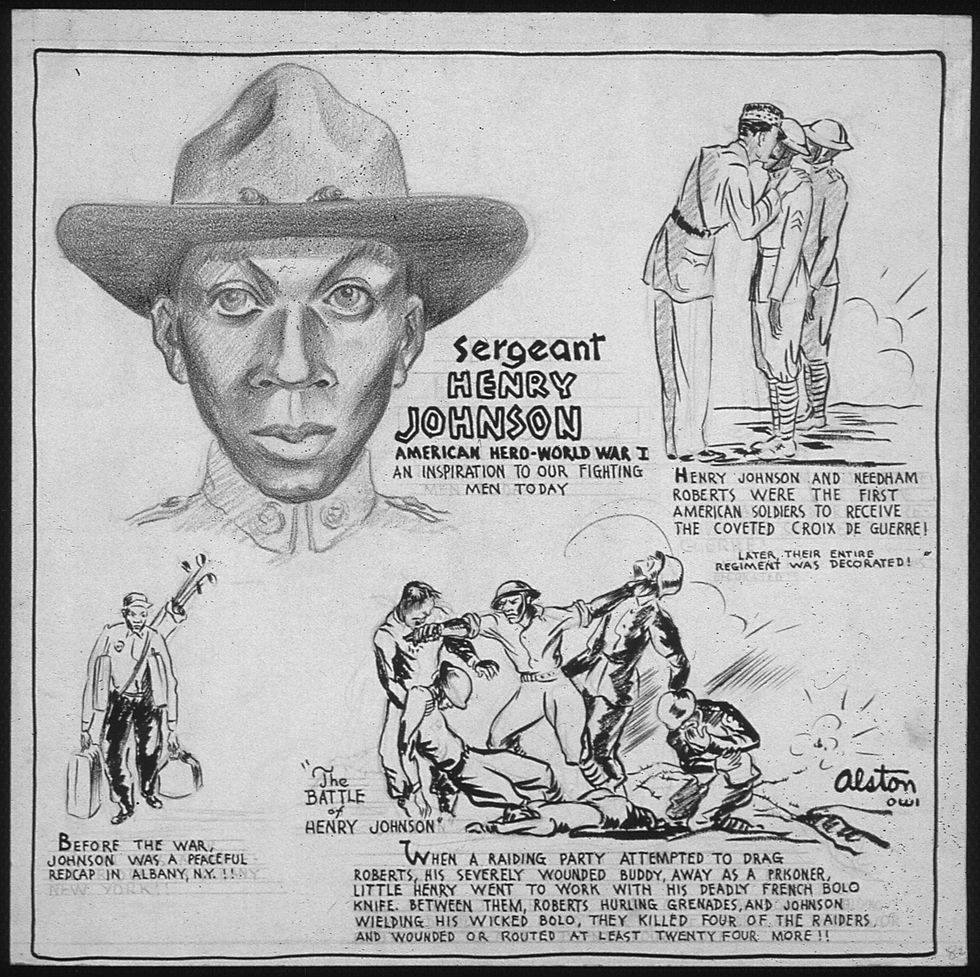He was a Civil Rights leader that taught and practiced nonviolent protest. He is the face behind the March on Washington for Jobs and Freedom in 1963. After his death, he was praised by Republicans like Ronald Reagan and Democrats such as Barack Obama. You’re likely picturing Dr. Martin Luther King, Jr. upon these descriptors, but this article is about his mentor, advisor, and friend. This is the story of Bayard Rustin.
Born on March 17, 1912, Bayard Rustin never knew his father and his mother had him so young that he thought that she was his sister. Being raised by his grandparents, Rustin was instilled with their Quaker values, quoted as saying they “were based on the concept of a single human family and the belief that all members of that family are equal.”
@npr Bayard Rustin may be the most consequential architect of the ‘60s civil rights movement you’ve never heard of. #NPR #ThroughlineNPR #blackhistorymonth
As a teenager, he wrote poetry and played football, eventually graduating and attending Wilberforce University, Cheney State Teachers College, and City College of New York. While living in New York, he sang in nightclubs and briefly joined the Communist movement until they veered away from racial desegregation. Throughout the 1940s, Rustin would be in and out of prison for participating in protests against segregation in the armed forces and in general as a member of the Congress of Racial Equality (CORE), and for not appearing in front of his draft board. His open homosexuality and vocal desegregation protests made him a popular target among the powerful.
It was in 1948 when Rustin traveled to India to attend a pacifist conference and learn from those who peacefully protested alongside Mahatma Gandhi, who had been assassinated earlier that year. Rustin would bring this mentality and these techniques to the U.S. “We need in every community a group of angelic troublemakers,” he wrote after returning home. “The only weapon we have is our bodies, and we need to tuck them in places so wheels don’t turn”
In January of 1953, Rustin was arrested for “lewd conduct” allegedly for a sexual act involving two white men in a car. Bear in mind that homosexual activity wasn’t just frowned upon at the time, but often criminalized.
In 1956, he was introduced to an emerging leader, Dr. Martin Luther King, Jr., and assist his Montgomery Bus Boycott. Rustin would be King’s advisor and counsel, teaching King the techniques he learned studying Gandhi’s methods while also working behind the scenes. Rustin would write publicity materials and organize carpools among other duties. In 1960, Rustin took an even more hidden role in King’s movement after they were pressured to abandon their plan on marching during the Democratic National Convention when Rep. Adam Clayton Powell Jr. of New York threatened to falsely accuse Rusin and King as a gay couple.
- YouTubeyoutu.be
In 1962, A. Philip Randolph, a friend and collaborator in past protests, recruited Rustin to plan the now-storied March on Washington to commemorate the centennial of the signing of the Emancipation Proclamation. With Randolph as the public face and King as the major figurehead, Rustin planned and organized the march itself, leading the planning coalition of the “Big Six” civil rights organizations: the NAACP, SNCC, CORE, SCLC, the National Urban League, and the Brotherhood of Sleeping Car Porters. Rustin made sure everything was in place, from ensuring that there were enough physicians to treat any potential injuries to making sure there were enough toilets for a quarter of a million people to use. The whole time, Rustin veered away from the spotlight, not wanting his homosexuality or past association with Communism to distract from the movement.
After the passage of the Civil Rights Act of 1964 and the Voting Rights Act of 1965, Rustin shifted his focus towards fighting for human rights and gay rights, along with fighting for workers unions for African-Americans. He would march and speak on their issues, including trying to bring attention to the NAACP of the AIDS crisis in the 1980s. On August 24, 1987, he passed away from a perforated appendix.
Rustin’s impact could not be denied. The day after his death, President Ronald Reagan released a statement praising his life of work. Decades later, President Barack Obama would posthumously award Rustin with the Presidential Medal of Freedom. While his history isn’t fully cemented in public memory, the actions of Bayard Rustin are the bedrock of the rights we experience and continue to fight for today.


















 Representative Image: It take a special kind of heart to make room for a seventh child
Representative Image: It take a special kind of heart to make room for a seventh child  Representative Image: It take a special kind of heart to make room for a seventh child
Representative Image: It take a special kind of heart to make room for a seventh child 
 Speaking in public is still one the most common fears among people.Photo credit: Canva
Speaking in public is still one the most common fears among people.Photo credit: Canva muhammad ali quote GIF by SoulPancake
muhammad ali quote GIF by SoulPancake

 Good Neighbor record.Photo credit: Good Neighbor
Good Neighbor record.Photo credit: Good Neighbor Photo credit: Good Neighbor
Photo credit: Good Neighbor Good Neighbor Records are green.Photo credit: Good Neighbor
Good Neighbor Records are green.Photo credit: Good Neighbor
 The military used Henry Johnson for recruitment efforts.Photo credit: Wikimedia Commons
The military used Henry Johnson for recruitment efforts.Photo credit: Wikimedia Commons
